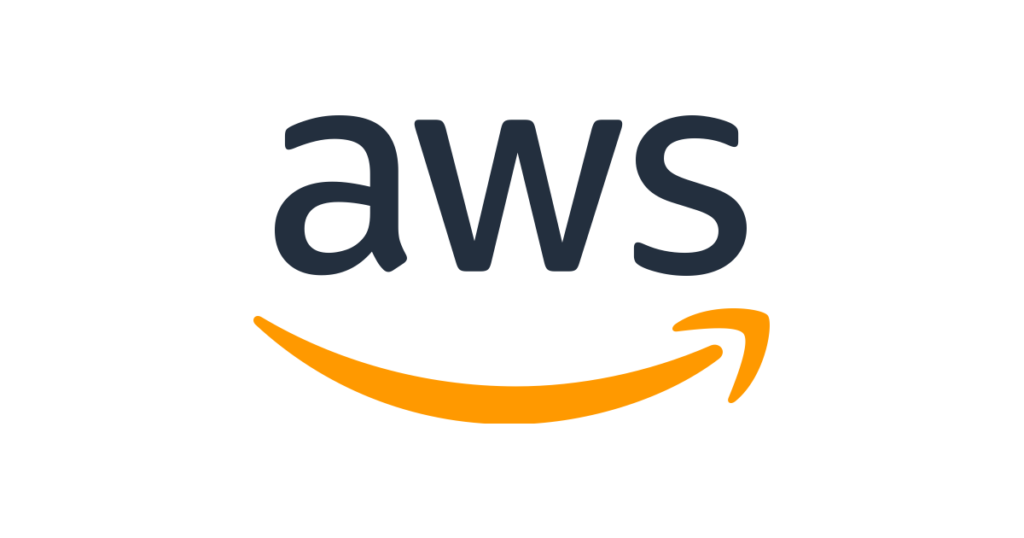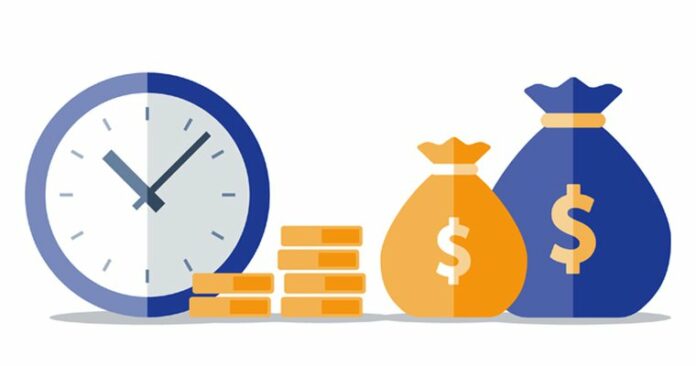Inteligencia Artificial
Muchas de las organizaciones basan sus mayores y duraderas estrategias de protección de su mercado en ventajas basadas en el coste y, por tanto, el precio final.
Por ejemplo, aunque a GEICO pasó décadas hasta convertirse en una de las aseguradoras más grandes del mercado americano, su enorme ventaja sobre otras aseguradoras se basaba en la reducción de sus costes, al eliminar a los intermediarios y vender seguros directamente a los consumidores. Esto produjoque la compañía valga alrededor de 50 mil millones de dólares según la empresa de Warren Buffett Berkshire Hathaway.
Las empresas con una ventaja en el mercado basada en costes pueden generar varios tipos de barreras comerciales para los competidores o para proteger su red de clientes, diferenciadas estas ventejas en el enfoque según la psicología del consumidor.
Coste de Cambio
Los costes de cambio se refieren cuando una empresa vende un producto que sus clientes necesitan o en con un servicio en el que confían demasiado para cambiar de proveedor.
Una empresa con un coste de cambio reducido puede subir sus precios (y beneficios) siempre que el coste para el cliente no supere el coste de cambiar a un proveedor de la competencia.
Incluso en los casos en los que el coste supera el costo del cambio, la rigidez (especialmente en los productos empresariales) puede ayudar a defender esta barrera comercial para sus clientes.
Costes vinculados
Los depósitos de costes vinculados aparecen al producirse un pago único inicial elevado o repetido con frecuencia por un cliente. El pago único inicial es lo suficientemente grande como para disuadir a ese cliente de irse a un competidor más adelante.
En este caso, la percepción de un consumidor de la «elección» está limitada por la inversión inicial que ya ha realizado en un producto, creando un bloqueo del cliente (y una barrera de protección y fidelización que lo acompaña).
Precios Reducidos
Aparecen Precios Reducidos para los clientes cuando las empresas desarrollan una fabricación o distribución más eficiente y las utilizan para ofrecer precios más bajos que los competidores.
El poder de este tipo de barrera de fidelización depende en gran medida de la capacodad de seguir bajando los costes internos acordes con la escalabilidad de la demanda. Si una empresa puede bajar los precios continuamente a medida que crece la demanda, puede crear un círculo de crecimiento masivo que se perpetúe a sí mismo.
Coste de Cambio

Durante más de 50 años, IBM mantuvo una ventaja competitiva construida sobre la incertidumbre. Los vendedores les explicaban a los clientes potenciales que nunca serían cuestionados por quedarse con IBM, y que los periféricos era posible que no funcionaran con un mainframe que no fuera de IBM. Esta estrategia apartó a los clientes de los competidores y los fidelizó a IBM.
Coste de Cambio

ADP se ha vuelto indispensable para miles de empresas en el mundo principalmente porque maneja dos de los aspectos más críticos en una organización: nómina e impuestos. Las empresas que confían en ADP para manejar sus documentos más confidenciales tienen una mayor resistencia al cambio de lo que lo harían con un pasecto menos crítico.
Coste de Cambio

Las empresas utilizan Slack para organizar las comunicaciones internas, gestionar proyectos, comunícarse con los clientes y otras funciones. Este amplitud hace que cambiar de Slack a una herramienta alternativa sea complicado. Los equipos tienen sacrificar sus habituales de flujo de trabajo, el historial de mensajes y los canales de chat mientras invierten tiempo y dinero en aprender un nuevo sistema. Esto aumenta el
umbral entre cualquier beneficio potencial del cambio frente a la carga de dinero y tiempo que genera.
Coste vinculado

Cuando Gillette comenzó a vender sus maquinillas de afeitar de mecanismo de seguridad, fue el comienzo de un modelo de negocio, construido según el principio del coste vinculador. Personas que compran maquinillas Gillette baratas tienden a seguir comprando las cuchillas que van asociadas al soporte de la compañía. Con el tiempo, esos clientes siguen generando ingresos de alto margen a través de la repetición compras y tienen una tendencia incorporada a quedarse vinculados a la empresa.
Precios Reducidos

Desde el principio, GEICO descubrió que el acercamiento directo a los consumidores, en lugar de a través de agencias, daba a la empresa una cantidad significativa
de apalancamiento sobre el precio. La decisión de dirigirse directamente al consumidor impulsó a GEICO a convertirse en la quinta aseguradora de automóviles más grande de Estados Unidos.
Precios Reducidos

AWS se beneficia de la escala. Cuantos más servidores bajo el control de Amazon, más barato es su propia computación y almacenamiento, y por tanto más barato el que vende a los clientes. Con el tiempo, AWS se ha expandido para abarcar cada vez más servicios. Al ser tanto de bajo coste como de alta capacidad, la posición de Amazon ha ganado una sensible ventaja en la industria de la computación en nube.
Precios Reducidos

Walmart es uno de los minoristas más grandes del mundo al ofrecer precios más bajos que los de la competencia. Esta ventaja y fidelización de clientes se ha logrado mediante el uso de redes regionales de tiendas para compras a granel para lograr eficiencias a gran escala. Ahora, la empresa está aprovechando esta red junto con inversiones en comercio electrónico, infraestructura de la cadena de suministro, y automatización de almacenes para defender su cartera de clientes.

